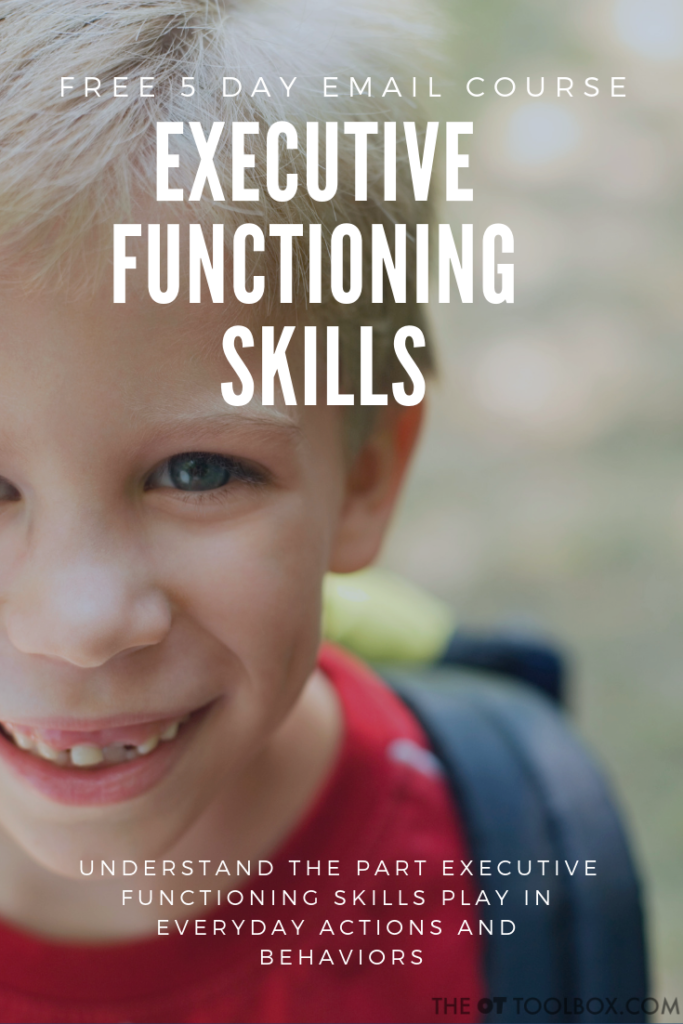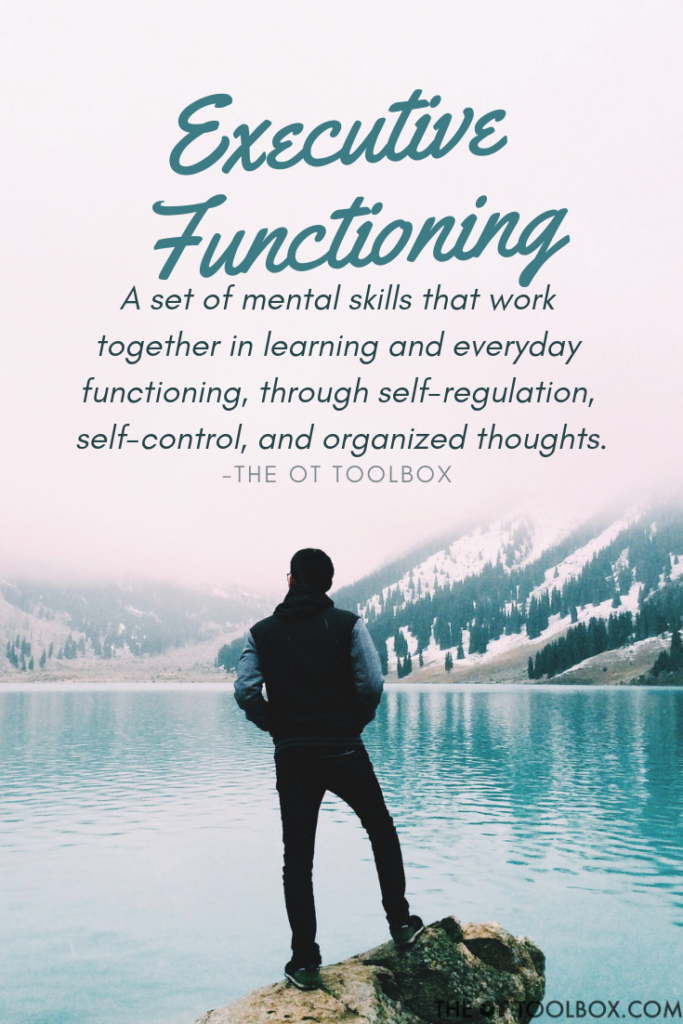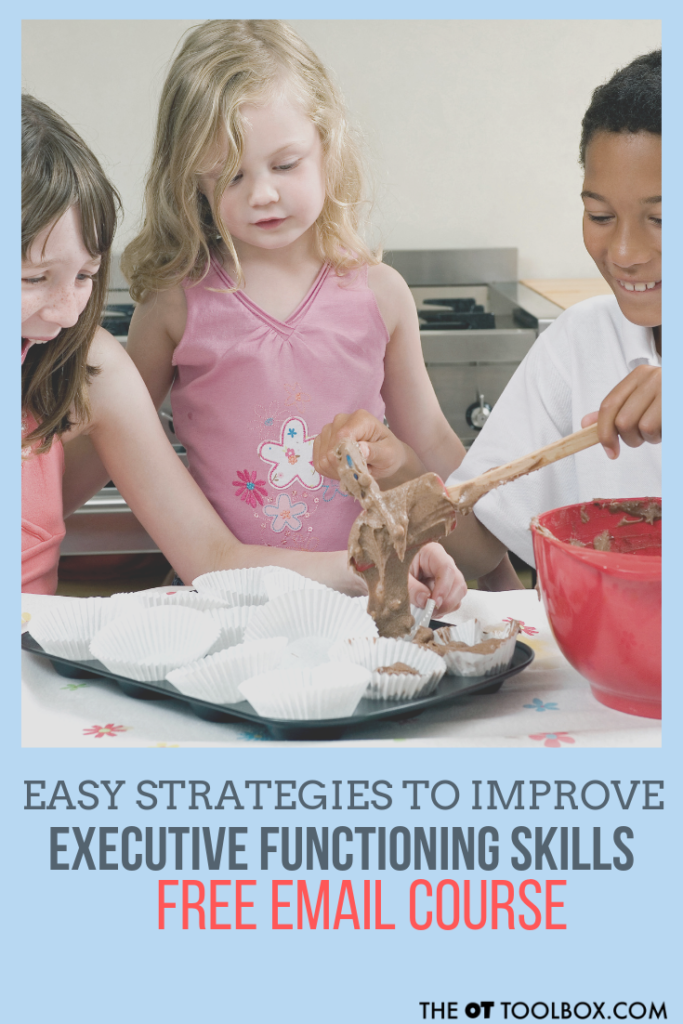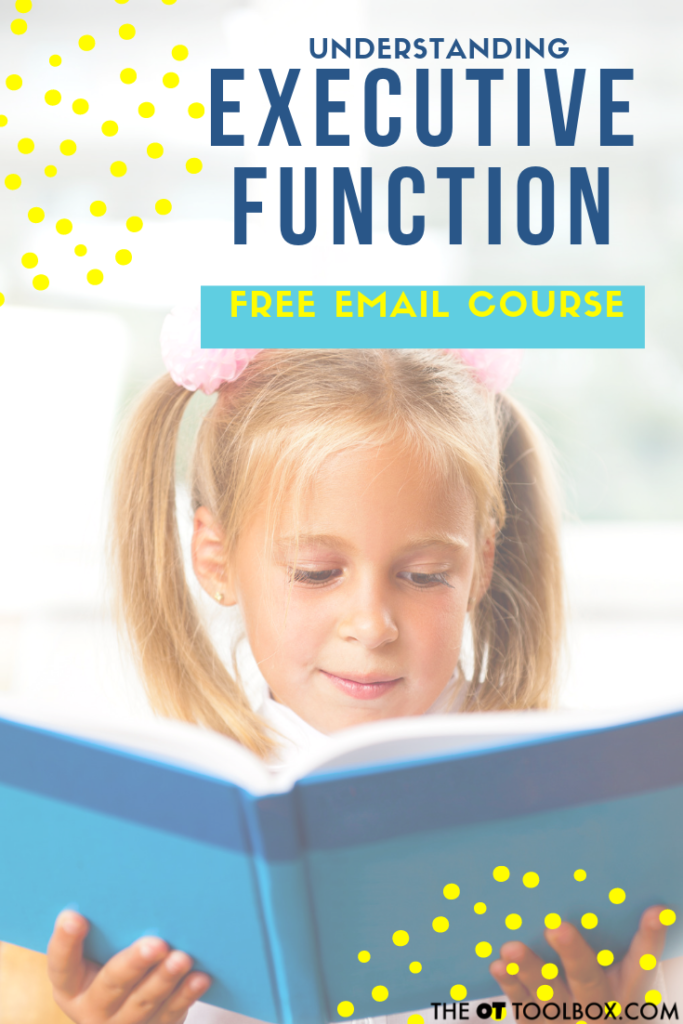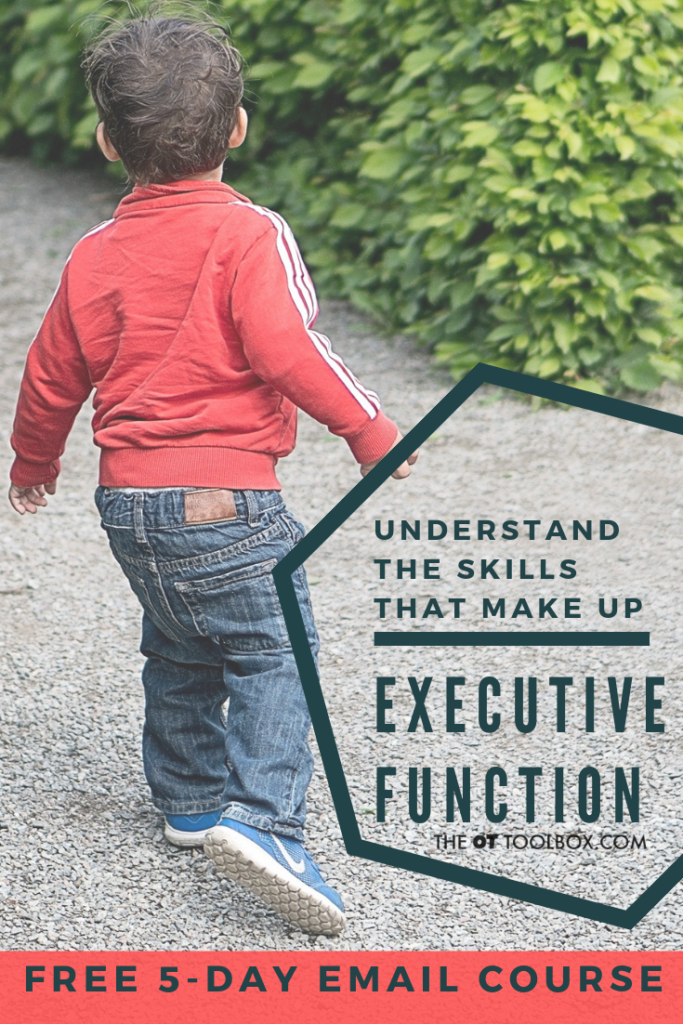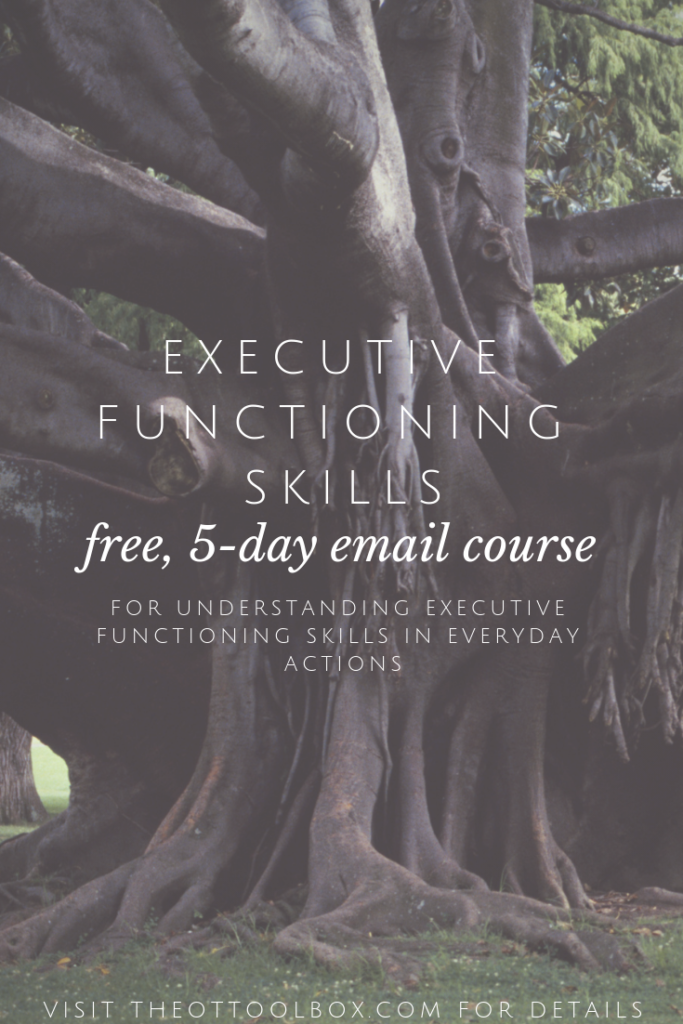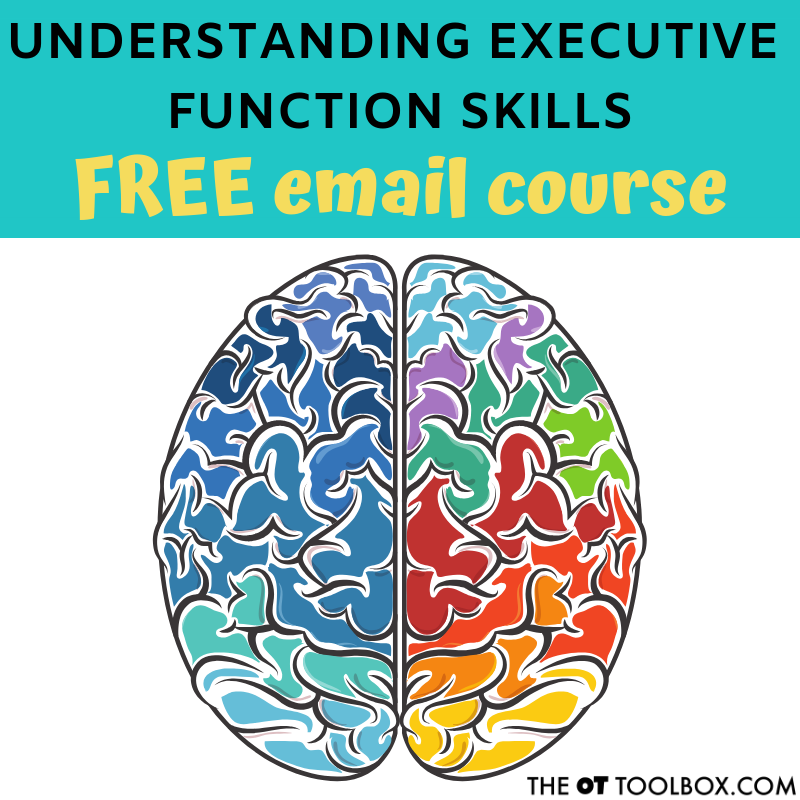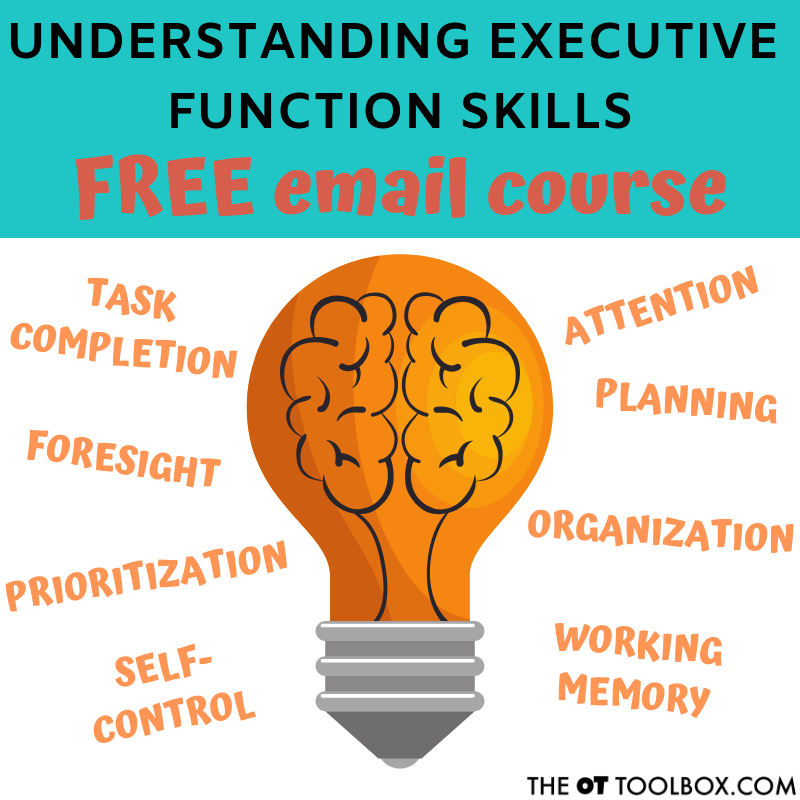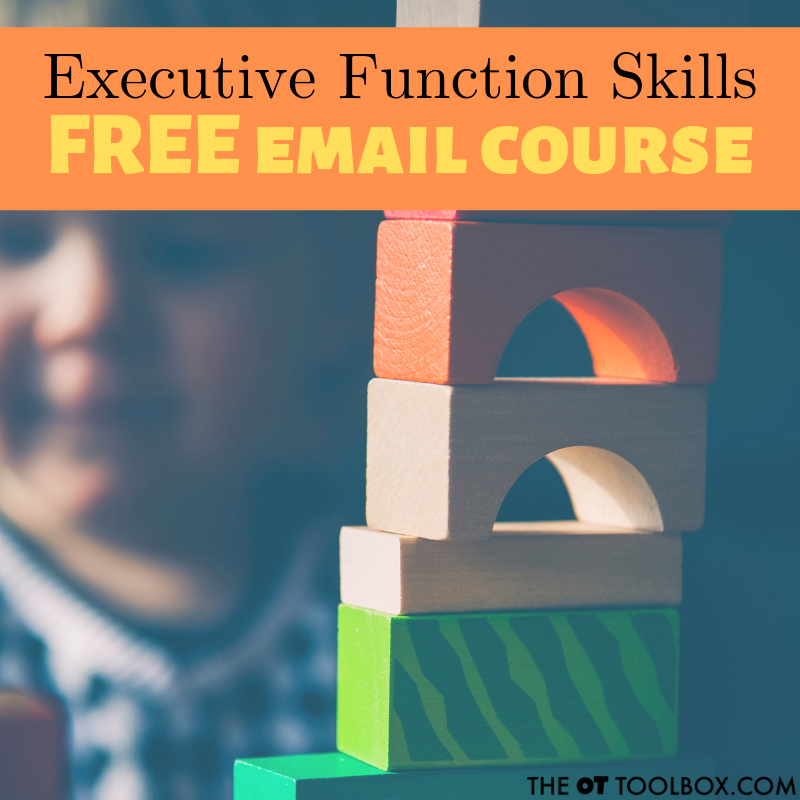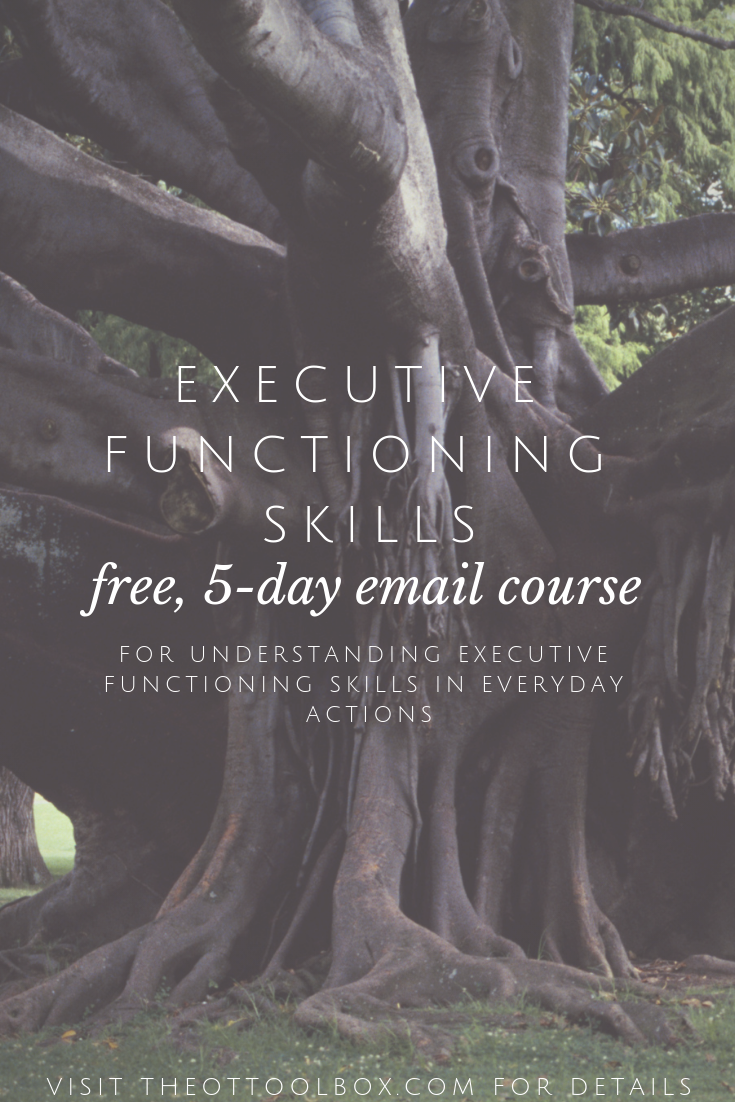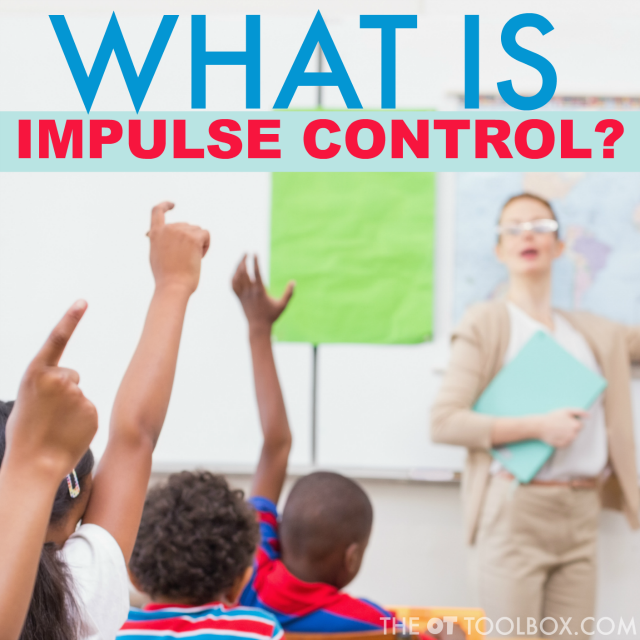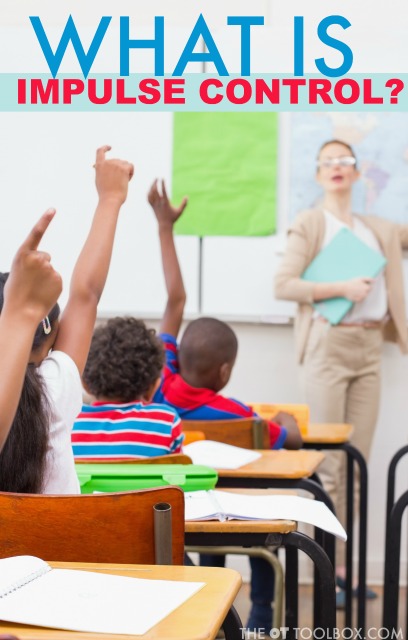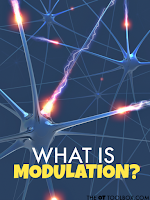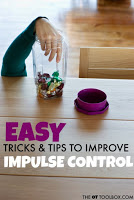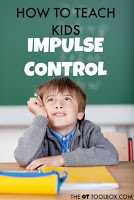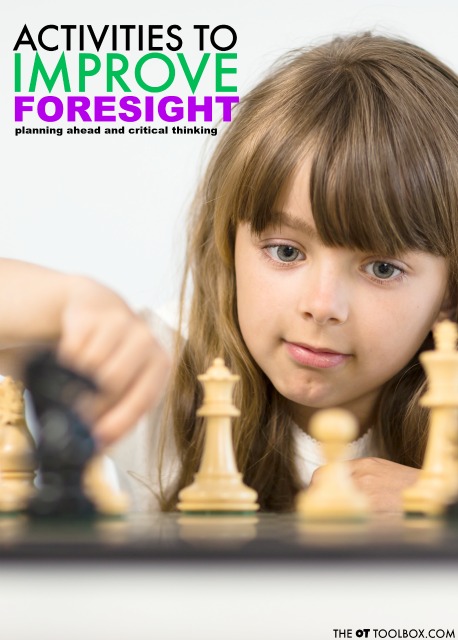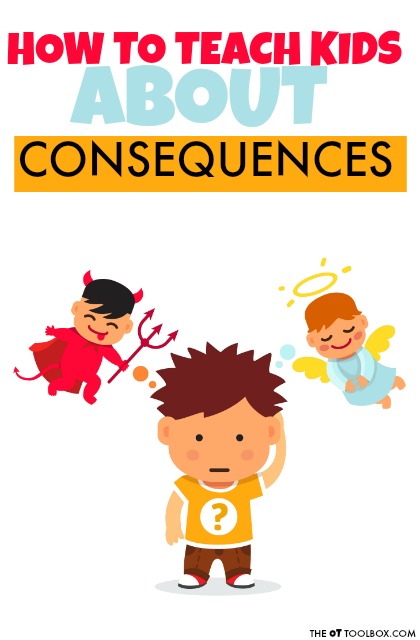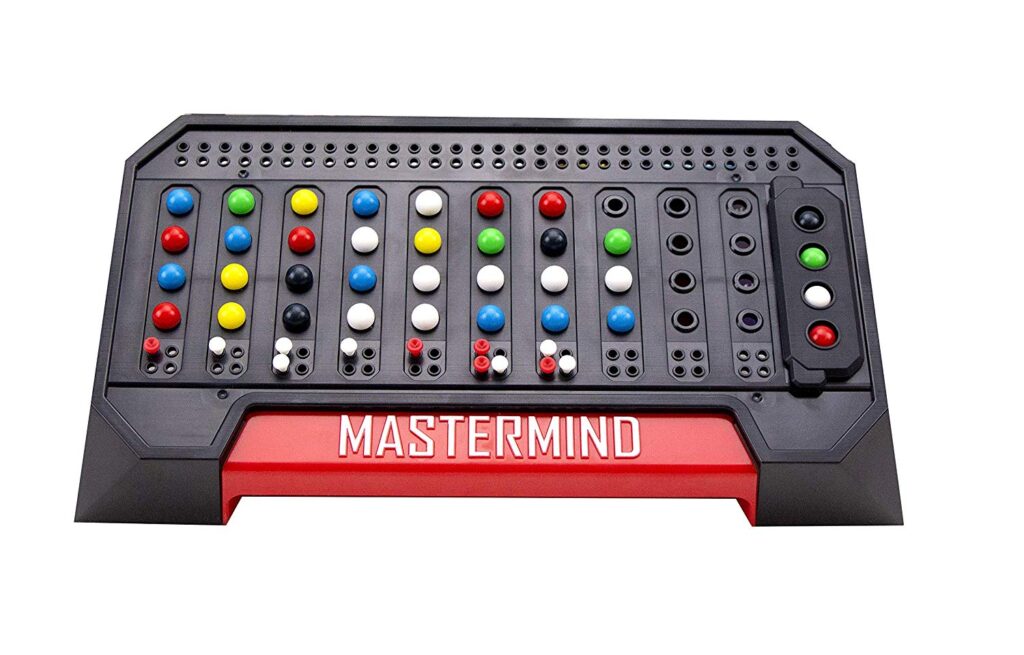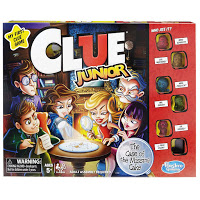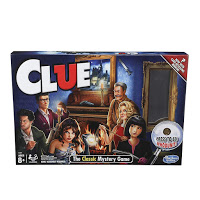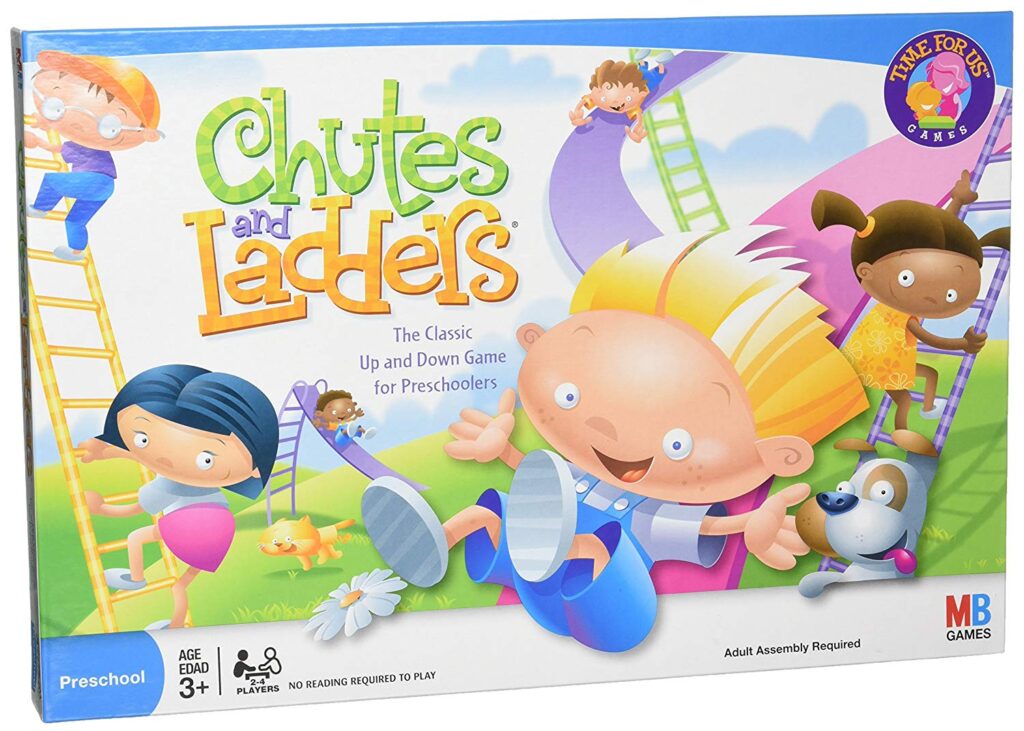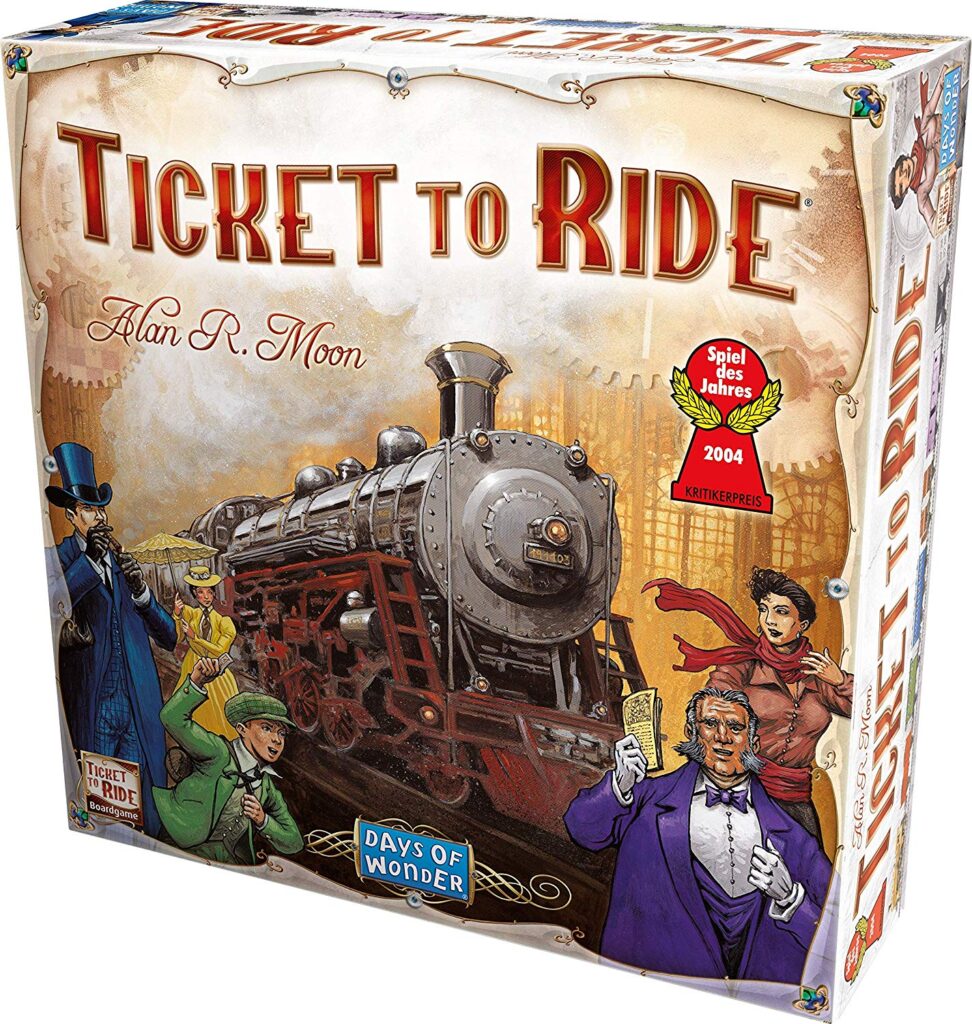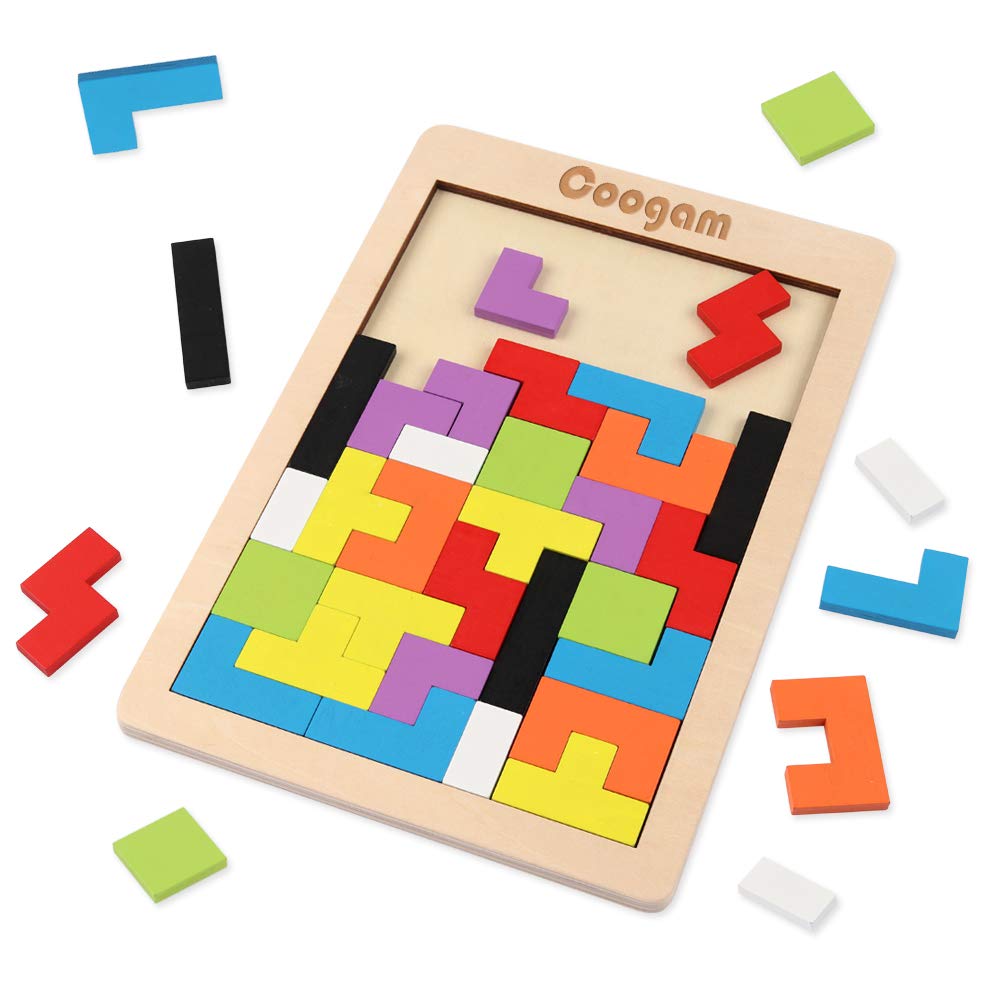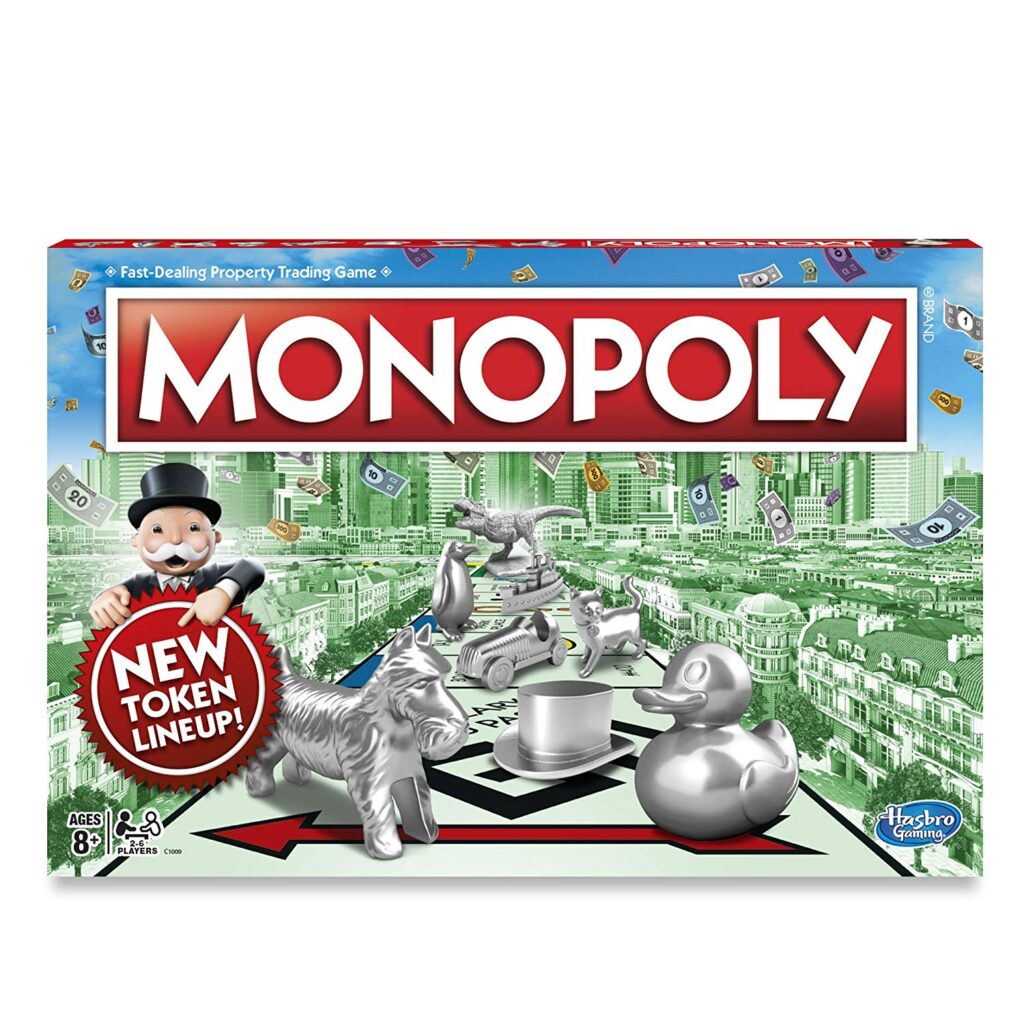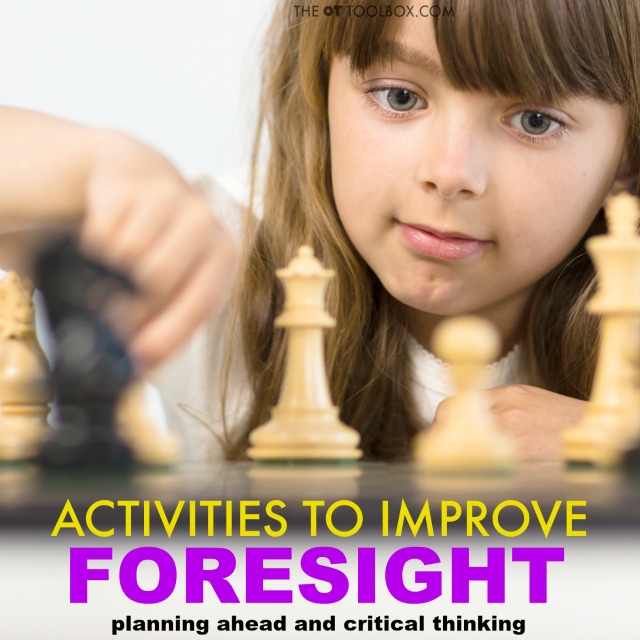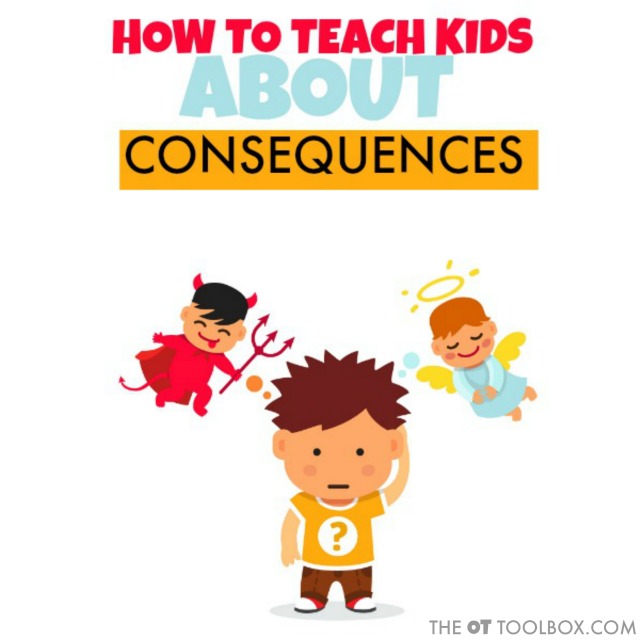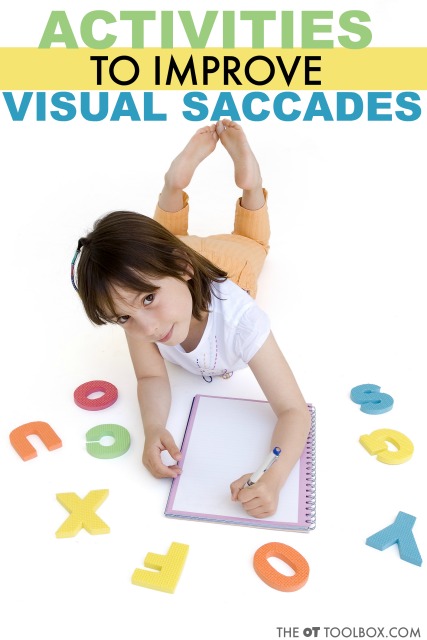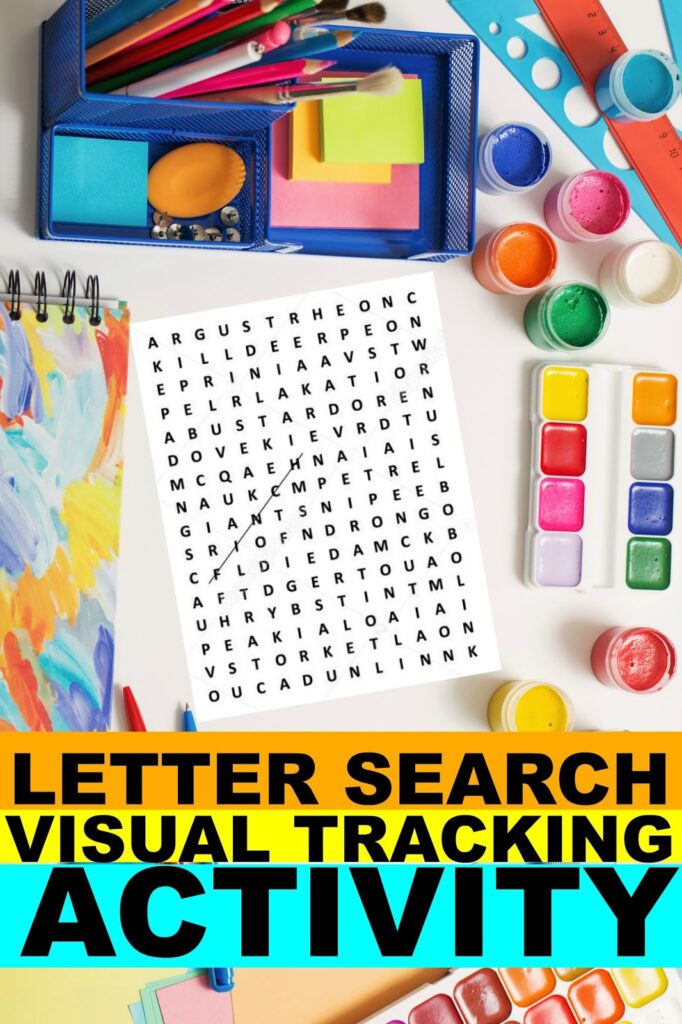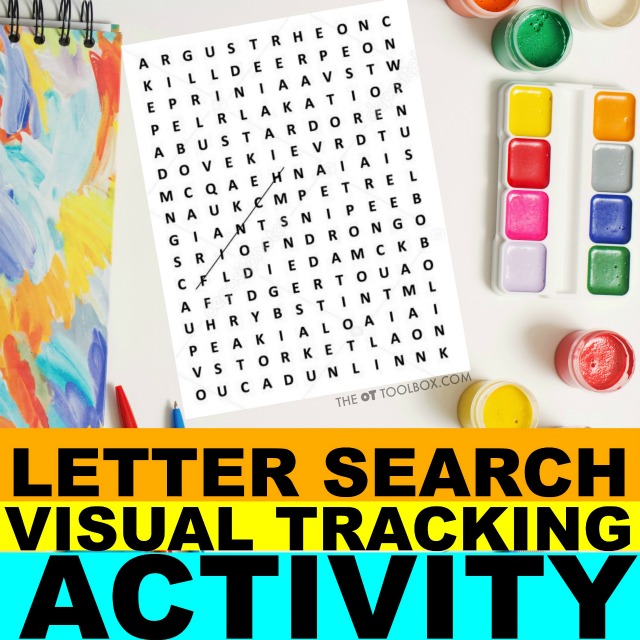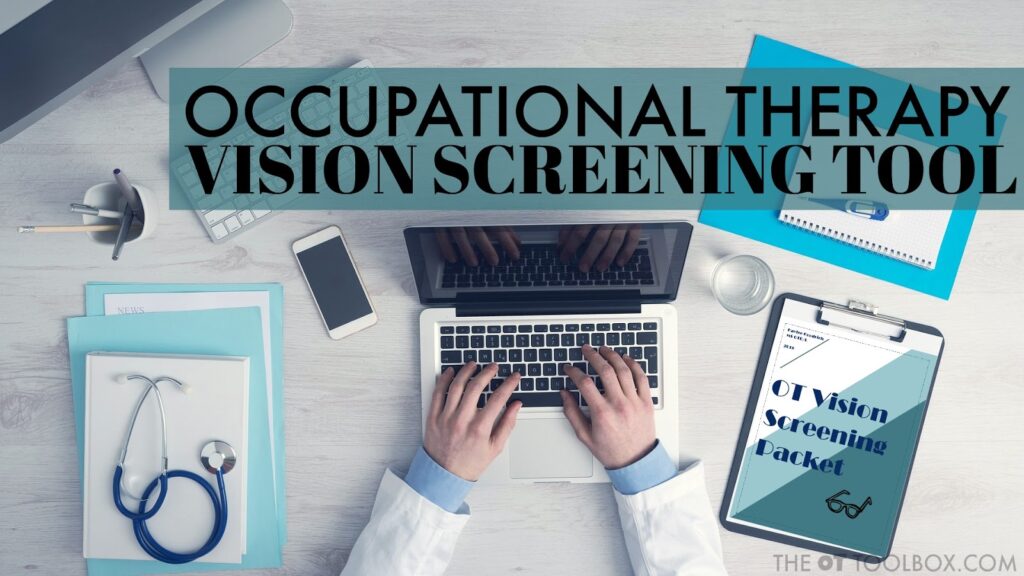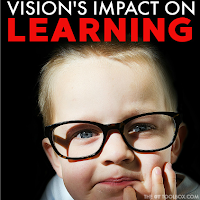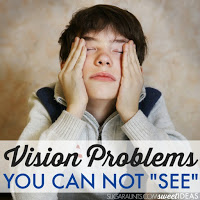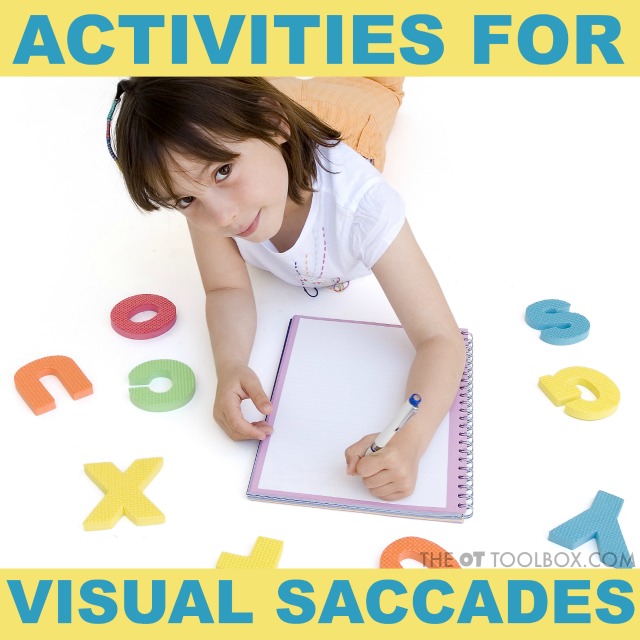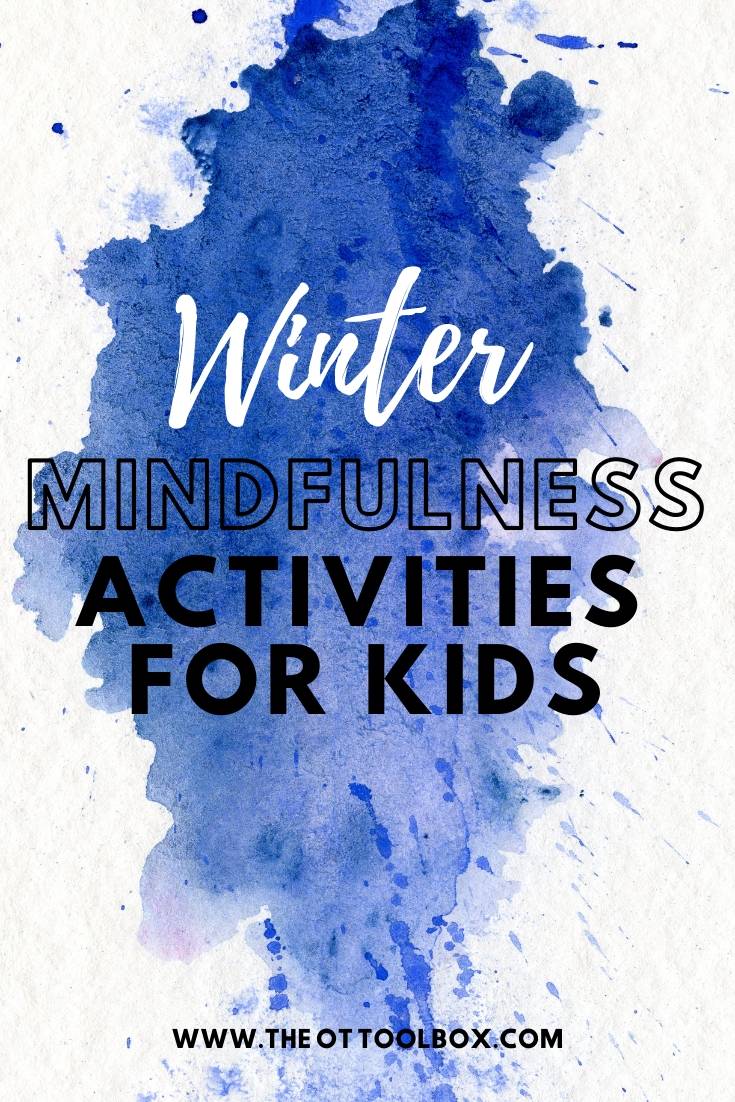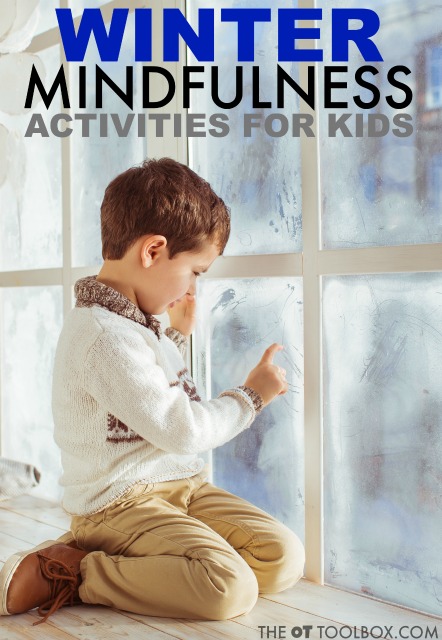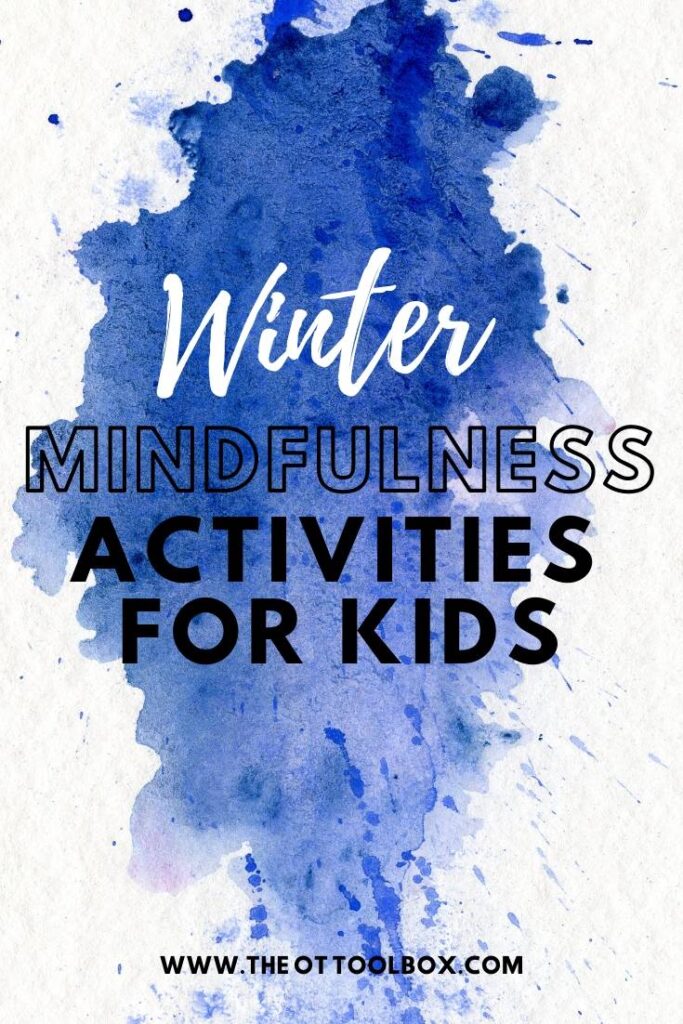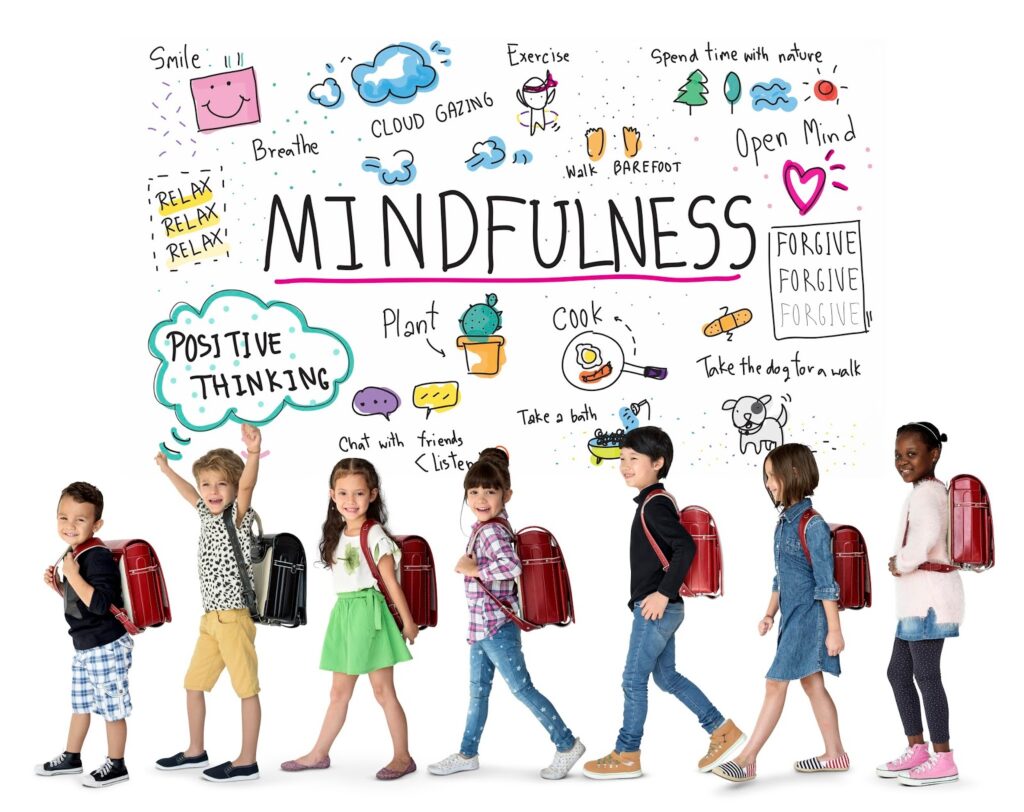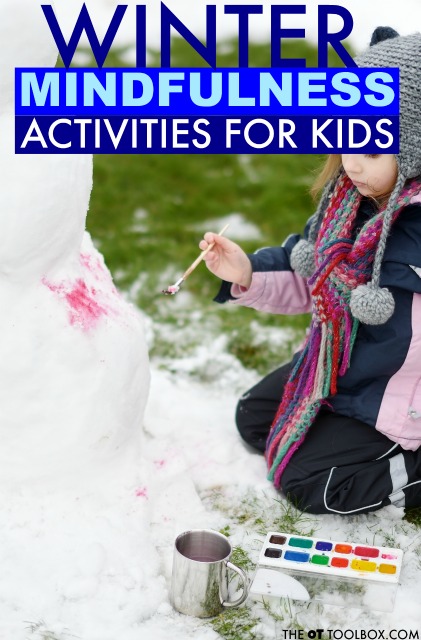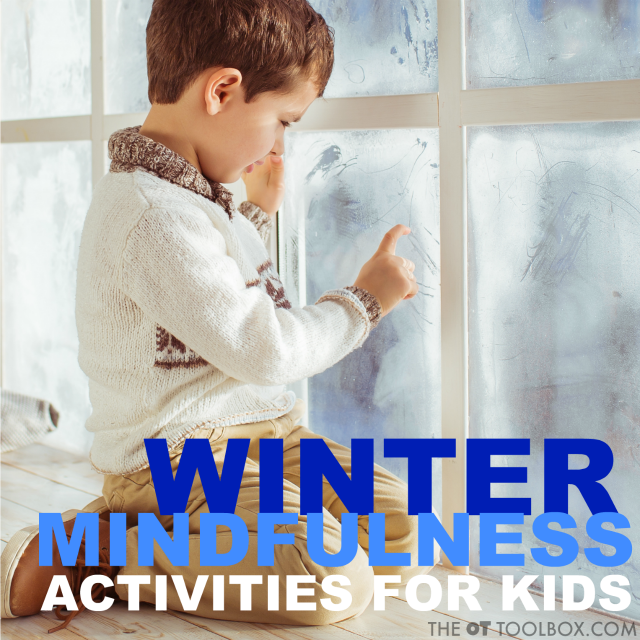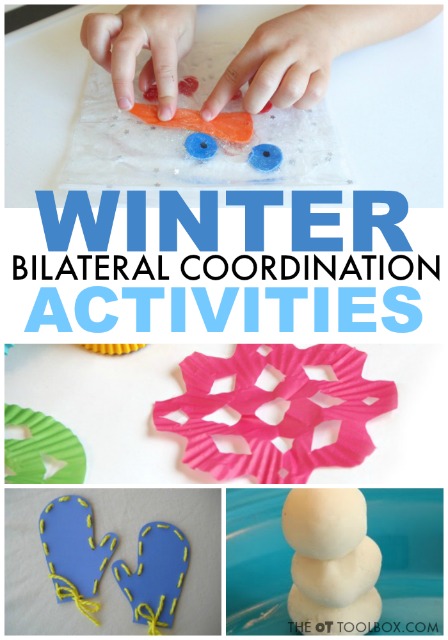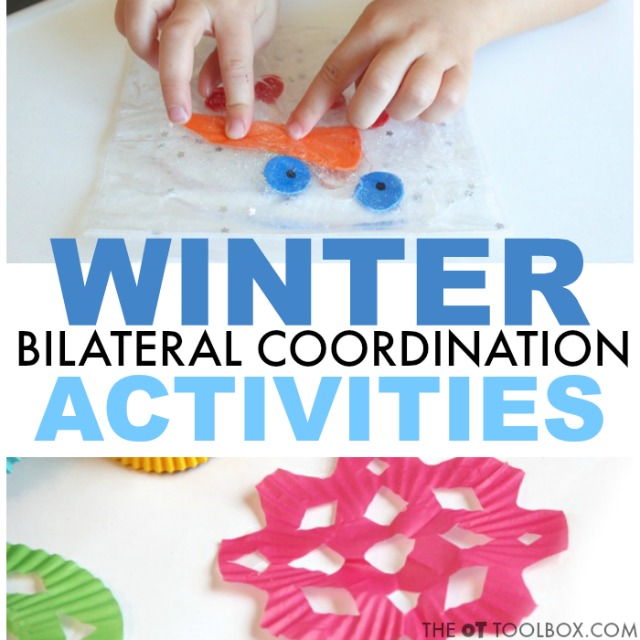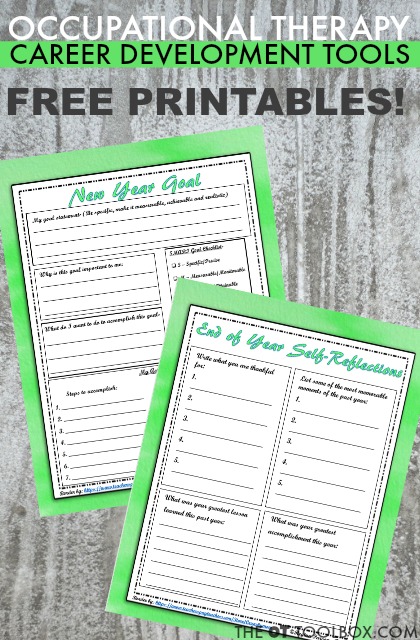Bilateral coordination is a big topic in child development. The fact is that the coordinated use of the hands is a tricky skill for many kids. Using the hands together in tasks is necessary for hand dominance and tasks like handwriting, managing clothing fasteners, catching and throwing a ball, fine motor tasks, and so many other skills. Below you will find winter bilateral coordination activities. These are winter themed activities that improve bilateral integration and can be used in occupational therapy activities in the winter months. Scroll through the activities below and add them to your therapy toolbox this winter!
Related: If you are looking for a resource for developing bilateral coordination in kids, try the Winter Fine Motor Kit. It’s loaded with fine motor strengthening activities designed to promote and develop bilateral coordination, all in no-prep materials.
Winter Bilateral Coordination Activities
This post is part of our Winter Week series here on The OT Toolbox. Each day this week, we are sharing activities, ideas, and tips for getting the kids active and moving…and working on occupational therapy goals in the winter months.
For example, these snow globe letter puzzles incorporate bilateral integration using both hands along with visual scanning, crossing midline to find and reach for a matching letter card. The winter-themed activity can be modified to meet the needs of the individual: using less or more cards, incorporating fine or gross motor input, and positioning the cards in different planes or surfaces to work on various levels of bilateral coordination. It’s just one more way to make therapy skills like bilateral coordination fun with a winter theme!
This time of year can be tough on therapists; It’s right after the holidays. If in a cold weather environment, it can be a glum and gloomy time of year with cold temps and shorter days. It can be hard to come up with fresh ideas! That’s why I decided a Winter Week was in order.
Each day this week, you’ll find winter themed activities designed to meet occupational therapy goal areas in fun ways. Here’s what’s going on this week:
Monday- Indoor Recess Ideas
Tuesday- Winter Brain Break Ideas
Wednesday- Winter Bilateral Coordination Activities
Thursday-Winter Mindfulness Activities
Friday- Winter Fine Motor Activities
On to the Winter Bilateral Coordination Activities! Have fun in OT these winter months!
First, What is Bilateral Coordination?
In short, bilateral coordination is the use of both hands together in a coordinated manner. Development of bilateral coordination begins early in infancy and continues through childhood.
There are three components of bilateral coordination, which include Symmetrical movements, Reciprocal movements, and Dominant hand/supporting hand movements.
These movements require both sides of the body. Also called bilateral integration, the movements of both hands together in activities requires processing and integration of both hemispheres of the brain to enable both hands working together at the same time.
Bilateral coordination is needed for skills like: eating, writing, coloring, drawing, self-dressing, brushing one’s teeth, playing, tying shoes, and so much more!
The winter themed bilateral coordination activities below are ideas for activities that can help to work on coordinated use of both hands in fun activities!
Winter Themed Bilateral Coordination Activities
1. Cutting Paper Snowflakes- Folding and cutting are bilateral coordination activities that require both hands being used together. Make paper snowflakes with different textures or types of papers to put a fun spin on this winter activity. Try making paper snowflakes with cupcake liners, paper bags, tissue paper, or large construction paper sheets!
2. Paper Snowmen- Remember making strands of paper dolls? Try making a strand of paper snowmen while working on bilateral coordination while folding and cutting the snowmen.
3. Lacing Mittens- Make a cardboard set of mittens and poke holes around the edges. Then lace with cord, yarn, or string like Fun Family Crafts did with their mitten lacing activity. Lacing is a bilateral coordination activity that boost the skills kids need for tasks like handwriting. Read more about how lacing is such a great activity for kids here. There are several winter-themed lacing cards in the Winter Fine Motor Kit.
4. Play Dough Snowmen- Mixing and rolling dough is a fantastic bilateral coordination activity. Here’s why: By mixing dough, both hands are working together against resistance of the dough, providing a sensory component in the form of proprioception. This feedback can provide a powerful muscle memory to the hands as they work. Kids can mix, stir, and knead while strengthening the hands and arms. This Baking soda dough is perfect for creating snowmen, which require rolling and building…and more bilateral coordination! There are 6 different winter themed play dough mats in the Winter Fine Motor Kit that you can print off and use over and over again.
5. Snowman Sensory Bag- This is such a fun sensory activity that allows kids to work both hands together to move parts of a snowman face while working on finger isolation and dexterity. This snowman sensory bag version from Mama Papa Bubba is very cute!
6. Winter Crossword Puzzle– A writing activity like a crossword puzzle is a great tool to build bilateral coordination skills. When writing, you need to support the paper with the nondominant hand while writing in the small spaces to fill in the crossword. Take the functional task up a notch by challenging users: Work on a vertical surface. Tape the BOTTOM of the page to a wall. Young learners can hold the paper up while filling in the crossword. If they lift up their non-dominant hand from the edge of the page, the paper will fall down.
Looking for more bilateral coordination ideas? Try these:
Development of Bilateral Coordination and Feeding
Bilateral Coordination Lacing Plate
Bilateral Coordination Activity with Pop Tubes
Bilateral Coordination and Visual Motor Activity with Hearts
Bilateral Coordination and Visual Motor Activity Clover
Homemade and Store Bought Lacing Cards for Bilateral Coordination Skills
WINTER Bilateral Coordination WORKSHEETS
To end out the Winter Week here on The OT Toolbox, I wanted to create a fine motor worksheets that are a true resource during the winter months. These fine motor worksheets that cover a variety of different fine motor abilities:
These reproducible activity pages include: pencil control strips, scissor skills strips, simple and complex cutting shapes, lacing cards, toothpick precision art, crumble hand strengthening crafts, memory cards, coloring activities, and so much more.
Play Dough Roll Mats- We’ve shared some free play dough mats before. They are perfect for developing bilateral coordination as well as fine motor skills and hand strength needed for tasks like coloring with endurance, manipulating small items, and holding a pencil. Kids can roll small balls of play dough with just their fingertips to strengthen the intrinsic muscles. The Winter Fine Motor Kit contains 6 winter play dough mats that can be used all winter long!
Pinch and Grip Strength Activities- Use these bilateral coordination worksheets to target functional tasks and bilateral coordination. Kids will be challenged to use both hands together in a coordinated matter in addressing glue skills page, tong/tweezer activities, lacing cards, finger puppets, 1-10 counting clip cards, 10 toothpick art pages, find & color page, 5 crumble art pages.
Pencil Control Worksheets- Kids can develop bilateral coordination with a helper hand and their dominant hand while working on pencil control and accuracy. Some of the lines are small and are a great way to strengthen the hands, too.
Cutting Strips and Scissor Skills Sheets- Cutting with scissors is a functional bilateral coordination skill that requires accuracy and precision of a dominant hand and coordination of the helper hand. These winter themed scissor skills worksheets are great ways to strengthen the motor and visual skills needed for cutting with scissors. Also included are 7 scissor skills strips with graded precision designed for data collection and accuracy development, 2 color & cut memory cards, 4 pages simple cutting shapes in small/med/large sizes, 3 pages complex cutting shapes in small/med/large sizes, 2 small and 2 large cutting skills puzzles.
Handwriting Sensory Bin Materials- Help kids with bilateral coordination using the winter-themed A-Z uppercase and lowercase tracing cards with directional arrows, 1-10 tracing cards with directional arrows, 1-10 counting cards. Using the sensory bin materials can develop tactile handwriting, letter and number formation, finger isolation, crossing midline, sensory challenges with both hands as they scoop, pour, trace, and explore sensory bins.
Fine Motor Handwriting Sheets AND “I Spy” Modified Paper– Try the 4 Find/Color/Copy pages in different styles of modified paper, rainbow writing pages in 3 styles of modified paper. These handwriting worksheets use the winter theme to help with using a helper hand in handwriting activities and coloring tasks.
Write the Room Activities- Using a winter theme, these Write the Room cards includes: 5 lowercase copy cards, 5 uppercase copy cards, 5 lowercase tracing cards, 5 uppercase copy cards, 6 cursive writing copy cards, 2 styles of writing pages. TARGET SKILLS: Letter formation, pencil control, visual motor skills, visual attention, visual memory, line placement, functional handwriting at all levels and stages.
Get the Winter Fine Motor Kit Here.
